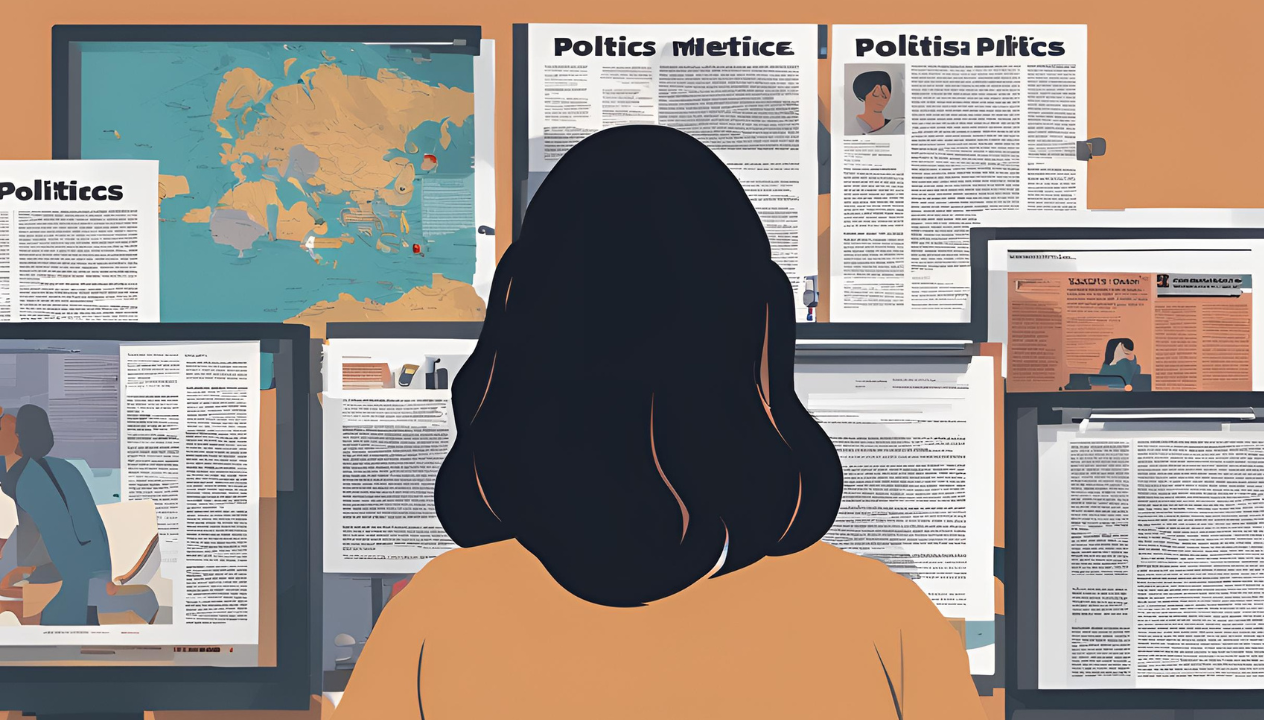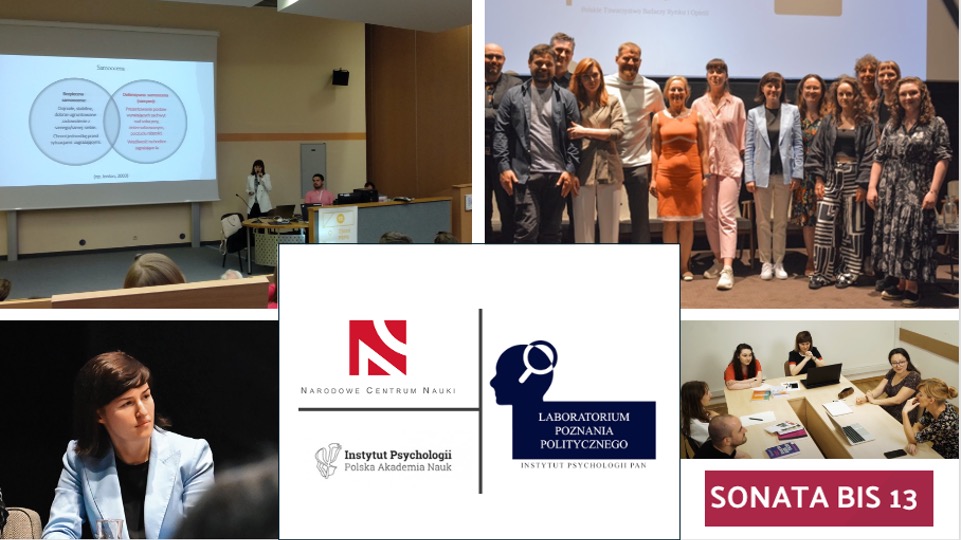Can conspiracy beliefs about the COVID-19 pandemic be related to national identification?
A new article, titled A vicious circle? Longitudinal relationships between different modes of in-group identity and COVID-19 conspiracy thinking and co-authored by dr Paulina Górska from the Faculty of Psychology of the Warsaw University and dr Marta Marchlewska, Dagmara Szczepańska, Zuzanna Molenda, Piotr Michalski and Aleksandra Furman from the Political Cognition Lab of the Institute of Psychology of the Polish Academy of Sciences, has just appeared in the Journal of Social Psychology.
The scope of the work includes COVID-19 conspiracy beliefs and different forms of in-group identity. Results of the research discussed in this paper point toward destructive causes and consequences of conspiracy thinking in relation to the coronavirus pandemic. In fact, conspiracy thinking is associated with building a defensive form of national identification in the shape of national narcissism.
Abstract:
Since March 2020, when the World Health Organization declared the spread of COVID-19 a global pandemic, conspiracy theories have continued to rise. This research examines the role of different forms of in-group identity in predicting conspiracy thinking in the context of the coronavirus pandemic. We hypothesized that conspiracy thinking would be predicted positively by national narcissism (i.e., a belief in in-group’s greatness which is contingent on its external validation and makes in-group members sensitive to psychological threats) but negatively by secure national identification (i.e., a confidently held ingroup evaluation, which serves as a buffer against psychological threats). In a three-wave longitudinal study conducted on a representative sample of adult Poles (N = 650), conspiracy thinking was positively predicted by national narcissism, but negatively by national identification. Further, we found evidence that conspiracy thinking strengthened national narcissism (but not national identification) over time. Implications for intra- and intergroup processes are discussed.









